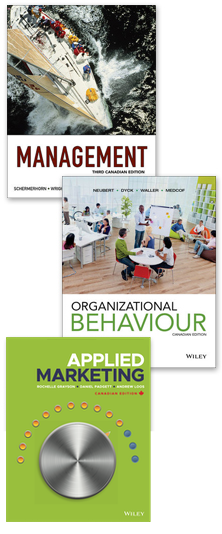Alex Wood, Senior Director, Policy and Markets for Sustainable Prosperity, compares Canadian and American perspectives on energy. He explains that Canada treats its energy as a commodity and relies on its existing natural resources to prosper in the world market. U.S., on the other hand, focuses on innovation and technology and believes its traditional advantages in developing new technology will lead to prosperity.
Questions:
- Whose perspective do you agree with and Why?
- In your view, how long can Canada continue to rely on its natural resources to gain comparative advantage in the world market?
- Suggest another parallel strategy for Canada?
SOURCE: Alexander Wood, “Canadian vs. American perspective on energy”Financial Post (Retrievable online http://business.financialpost.com/2012/01/30/canadian-vs-american-perspective-on-energy/?__lsa=f5772e0b)”

